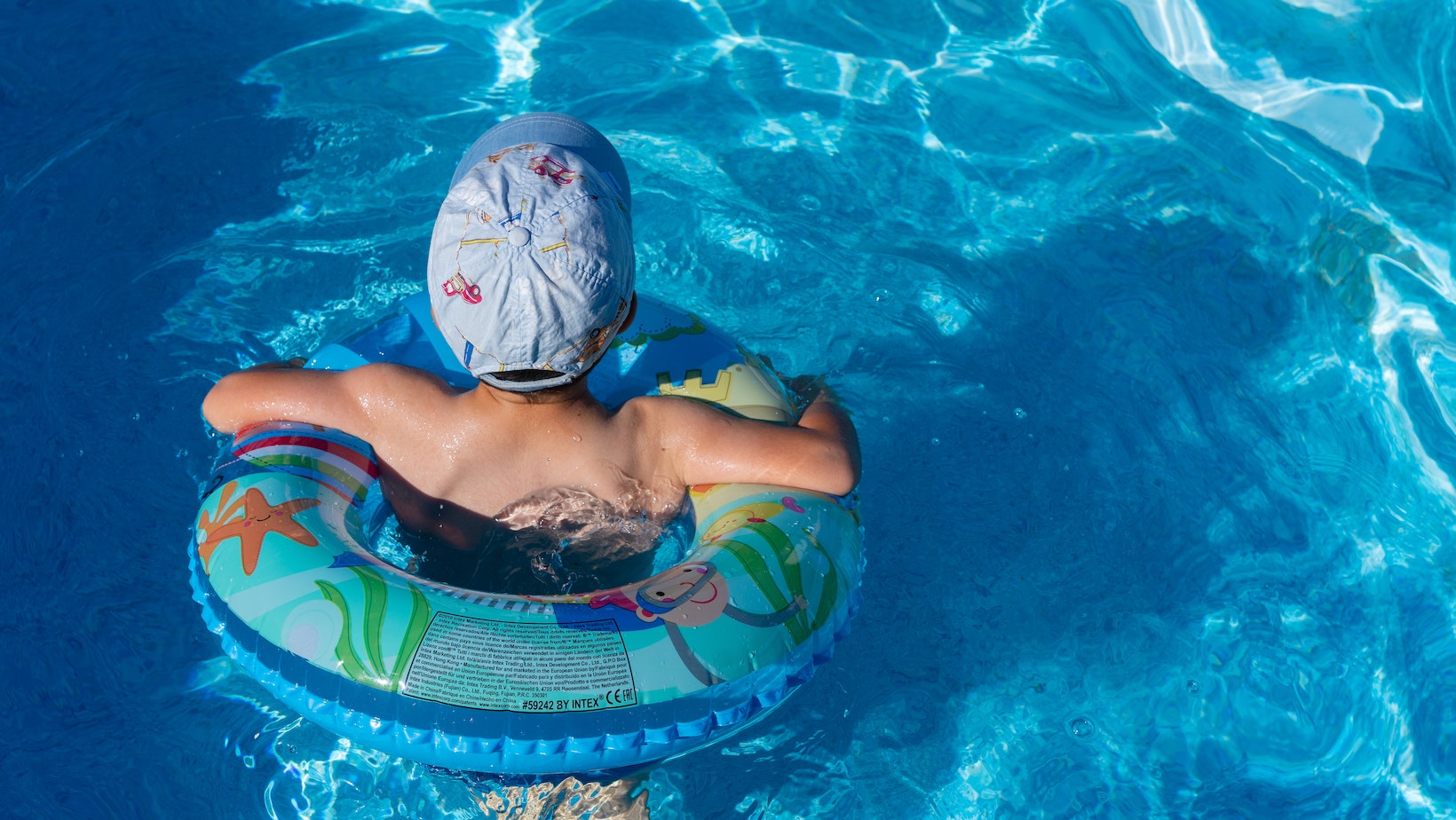If you’re a parent or caregiver of a toddler, you might be familiar with the challenge of teaching them how to swim. One popular solution that many opt for is using arm floaties for toddlers. These inflatable devices are designed to provide buoyancy and support to help little ones stay afloat in the water.
Arm Floaties For Toddlers
When it comes to ensuring the safety of your little ones in the water, selecting the appropriate arm floaties for toddlers is crucial. With so many options available in the market, it can be overwhelming to find the perfect fit. In this section, we’ll discuss some key factors to consider when choosing arm floaties for your toddler: age and weight, adjustable straps, and comfort and ease of movement.
Consider the Age and Weight of Your Toddler
The first thing you need to take into account is your toddler’s age and weight. Arm floaties are designed with specific age ranges in mind, so it’s important to choose a pair that suits your child’s developmental stage. Look for arm floaties that have recommended weight limits as well. It’s important not to exceed these limits as it may affect their buoyancy and overall safety in the water.
Look for Arm Floaties with Adjustable Straps
Another essential feature to look out for is adjustable straps. Every child has different body proportions, so having arm floaties with adjustable straps ensures a secure fit around their arms. This allows you to customize the tightness according to their comfort level while maintaining proper buoyancy.
Check for Comfort and Ease of Movement
Comfort plays a vital role in ensuring that your toddler will want to wear their arm floaties while swimming or playing in the water. Look for floaties made from soft materials that won’t cause irritation or discomfort on delicate skin. Additionally, consider how easily they allow freedom of movement for your child’s arms without restricting their natural range of motion.

Safety Features to Look for in Arm Floaties
When it comes to choosing arm floaties for toddlers, safety should be your top priority. These flotation devices are designed to help children stay afloat while they learn to swim, but it’s crucial to ensure that they have the necessary safety features. Here are some key features to look for:
- Secure and Adjustable Straps: Opt for arm floaties that come with secure and adjustable straps. This feature allows you to customize the fit according to your child’s arm size, ensuring a snug and comfortable fit. It also prevents the floaties from slipping off or becoming loose during water activities.
- Dual Air Chambers: Look for arm floaties with dual air chambers. Having two separate compartments provides an extra layer of safety as it ensures that even if one chamber deflates accidentally, the other will still provide buoyancy and keep your child afloat.
- Safety Valves: Check if the arm floaties have safety valves in place. These valves are designed to prevent over-inflation, which can compromise their effectiveness and potentially cause discomfort or accidents while swimming.
- Sturdy Construction: Ensure that the arm floaties are made from durable materials such as thick PVC or neoprene fabric, which can withstand regular use and resist punctures. A sturdy construction minimizes the risk of tears or leaks during playtime in the water.
- Comfortable Design: Look for arm floaties with a comfortable design that allows freedom of movement without restricting your child’s arms excessively. Avoid floaties with rough edges or uncomfortable materials that may cause irritation or discomfort during use.
Remember, while these safety features are essential, they should always be used under adult supervision when children are near water. Arm floaties provide an added layer of support but cannot replace constant vigilance when it comes to ensuring your child’s safety around bodies of water.
In conclusion, when selecting arm floaties for toddlers, prioritize safety by looking for secure and adjustable straps, dual air chambers, safety valves, sturdy construction, and a comfortable design. By choosing floaties with these features, you can provide your child with a safer swimming experience while they develop their water skills.
Jessica has a flair for writing engaging blogs and articles. She enjoys reading and learning new things which enables her to write different topics and fields with ease. She also strives to break down complex concepts and make them easy for anybody to comprehend.





